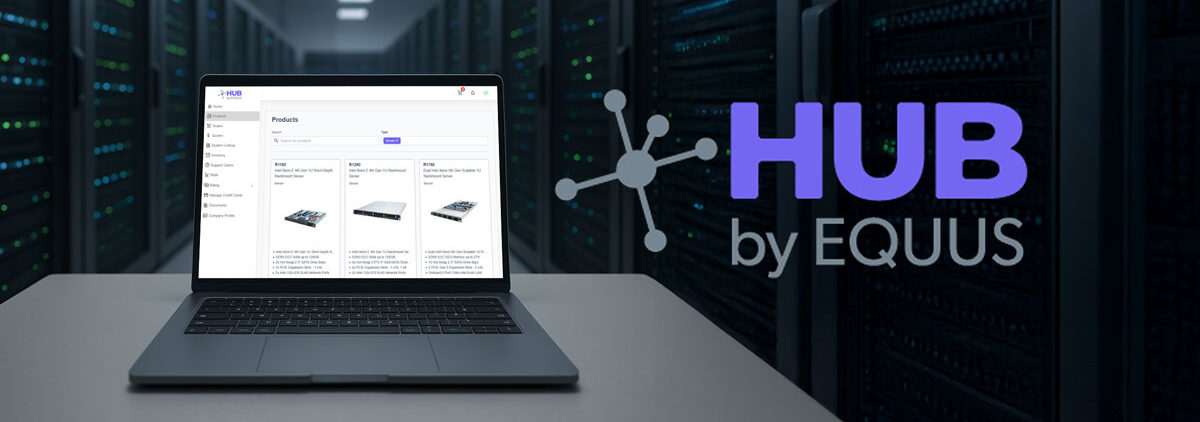The demand for high-performance workloads is ramping up, requiring low latency and high processing, meaning more computing capability in smaller spaces. Are liquid cooling solutions here to save the day? Or do these new solutions come with their own set of problems?
Thriving in a High-Density Landscape
When it comes to server use cases, there are some new kids on the block. Beyond traditional or cloud applications, IT infrastructure is being asked to deliver solutions with high power and denser racks than ever before. Here are a few examples of ways that high-performance computing is emerging in conventional sectors:
- Academic, government, military, and science organizations are increasingly utilizing advanced modeling and data analysis for their research
- Financial, banking, and business intelligence organizations are processing huge, complicated transaction workloads in real time
- Media, telecom, and data center organizations are adopting high-density architecture to match demand for high-definition videos, virtual reality, and cloud gaming
Although these new applications are technically challenging, for financial reasons the chase for high-density servers isn’t all bad news. That’s because, if an IT team plays it right, putting more compute power in a given space can increase ROI without losing compatibility or connectivity. Besides a faster and more scalable setup process, higher density racks have smaller footprints, meaning — from a compute standpoint — IT teams can actually make their environments more efficient by supporting more capability.
Embracing The Liquid Cooling Solutions Revolution
While the advantageous outcomes for all parties are exciting, there is one major obstacle on the path to realizing next-generation applications: cooling. With higher rack density comes hotter racks, and new cooling solutions must be employed to match. One major way to battle the heat of high-performance computing comes in the form of liquid cooling, which is poised for takeoff. The liquid cooling market is estimated to grow by 19 percent annually over the next eight years, with some projecting growth from under $5B today to more than $21B by 2030. Although liquid cooling has been around for a while, its time to shine appears to have come.
Simply implementing liquid cooling is easier said than done. The technology’s best practices are still being developed, and there are many considerations at play. For an IT team looking to liquid cooling techniques to enhance IT performance and capture financial gains, here are the primary issues to be resolved:
Cost Efficiency
What strategies can companies implement to ensure they realize the financial benefits of reducing operational costs while maintaining efficiency? The goal is to optimize resource usage, but businesses must overcome the challenge of identifying and eliminating unnecessary expenditures without sacrificing reliability in their operations.
Flexibility
How can IT teams establish their new, liquid-cooled workloads in a way that offers seamless scaling? The challenge lies in ensuring that scalability is not only achievable but also sustainable, enabling companies to adapt quickly to evolving requirements without disrupting their ongoing operations.
Performance
How can organizations guarantee their workloads are consistently optimized within a liquid cooling system? Issues such as configuration, compatibility, and ongoing management must be addressed to harness the full performance benefits of such high-powered equipment.
Sustainability
What steps can organizations take to enhance their eco-friendliness in liquid cooling operations? Addressing energy consumption challenges and developing heat reuse strategies are crucial for organizations seeking to minimize their environmental impact while reaping the benefits of advanced cooling technologies.
For organizations looking to make the most of high-density racks, these are hurdles they must overcome. By addressing these critical issues, IT teams can unlock the full potential of their liquid-cooled environments.
Liquid Cooling Solutions for a Denser Tomorrow
The transition to high-density computing is both an opportunity and a challenge for organizations across various sectors. As the demand for powerful computing solutions continues to grow, so does the need for effective cooling strategies, particularly through liquid cooling systems. Embracing these advancements will not only enhance operational capabilities but also position organizations for future success. The good news is, you don’t have to do it alone. With a partner like ECS, all businesses can navigate these challenges effectively, affirming they are well-equipped to thrive in this new, dense future.
Want to learn more about how ECS works with our technology partners to solve liquid cooling challenges? Click here to see what our complete immersion cooling solution can do for you.








